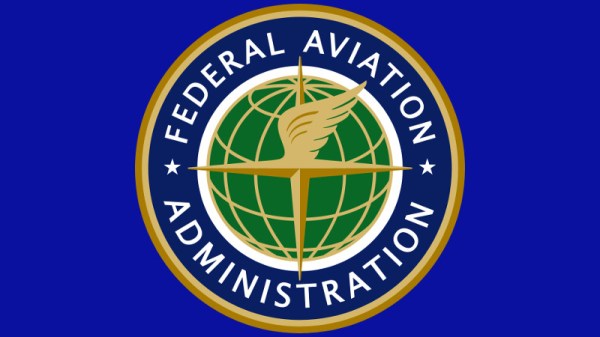Drone fliers in the USA must soon display their registration markings on the exterior of their craft, rather than as was previously acceptable, in accessible interior compartments. This important but relatively minor regulation change has been announced by the FAA in response to concerns that malicious operators could booby-trap a craft to catch investigators as they opened it in search of a registration. The new ruling is effective from February 25th, though they are inviting public comment on it.
As airspace regulators and fliers across the world traverse the tricky process of establishing a safe and effective framework for multirotors and similar craft we’ve seen a variety of approaches to their regulation, and while sometimes they haven’t made complete sense and have even been struck down in the courts, the FAA’s reaction has been more carefully considered than that in some other jurisdictions. Rule changes such as this one will always have their detractors, but as an extension of a pre-existing set of regulations it is not an unreasonable one.
It seems inevitable that regulation of multirotor flight will be a continuing process, but solace can be taken at the lower end of the range. A common theme across the world seems to be a weight limit of 250 g for otherwise unrestricted and unregistered craft, and the prospects for development in this weight category in response to regulation are exciting. If a smaller craft can do everything our 2 kg machines used to do but without the burden of regulation, we’ll take that.














